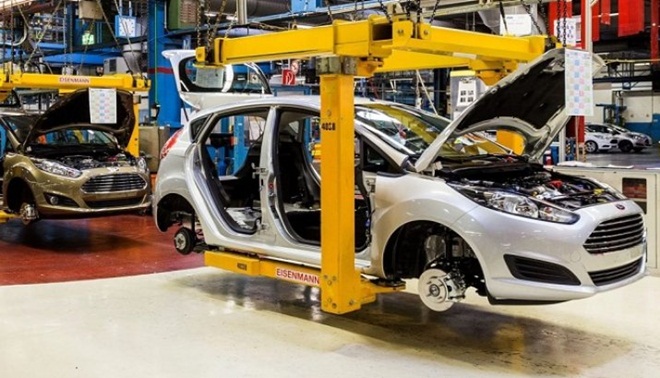New Delhi: The Economic Survey tabled in Parliament today by Finance Minister Nirmala Sitharaman has projected a 11% GDP growth in FY22 amid signs of recovery after Coronavirus upheaval that battered most sectors in the last one year.
“After an estimated 7.7% pandemic-driven contraction in 2020-21, India’s real GDP is projected to record a growth of 11.0% in 2021-22 and nominal GDP by 15.4%,” said the Survey.
It, however, termed the projections as conservative estimates reflecting upside potential that can manifest due to the continued normalisation in economic activities as the rollout of Covid-19 vaccines gathers traction.
The V-shaped economic recovery is supported by the initiation of a mega vaccination drive with hopes of a robust recovery in the services sector. Together, prospects for robust growth in consumption and investment have been rekindled with the estimated real GDP growth for FY 2021-22 at 11%, the Economic Survey noted.
As per the Survey authored by Chief Economic Advisor KV Subramanian, India’s GDP is estimated to contract by 7.7% in FY2020-21, composed of a sharp 15.7% decline in first half and a modest 0.1% fall in the second half.
“Sector-wise, agriculture has remained the silver lining while contact-based services, manufacturing, construction were hit hardest, and have been recovering steadily. Government consumption and net exports have cushioned the growth from diving further down,” it said.
A favourbale base and roll-out of Covid-19 vaccination would help the economy post double-digit growth in the coming financial year. International Monetary Fund (IMF) has also said India could register 11.5% growth in 2021 thus making the country as only major economy in the world to post a double-digit growth this year.
Facing twin challenges of saving lives and livelihoods, the government gradually opened the economy after it announced a nationwide lockdown In March 2020. With economic activities coming to a complete halt, the GDP growth fell sharply in the first quarter of the current fiscal.
The economy contracted 23.9% in the first quarter of the current fiscal and 7.5% in the second quarter. In the full fiscal, the growth is projected to be negative with chances of recording its worst performance in the last four decades.
As economic activities shrank, the nation witnessed massive job losses across various sectors barring agriculture which shone bright amid all the reports of gloom and despair. The Modi government has scaled up public spending to provide cushion to the economy which fired mostly on public money even before the Coronavirus pandemic hit.
Given that Economic Survey gives clue into the policy direction of the government in short and medium terms, the Union Budget 2021 is set to earmark more funds for infrastructure building and ramping up health facilities across the country. As infrastructure building is considered to have significant multiplier effect on growth and employment, Finance Minister Sitharaman is expected to come up with schemes that will support job creation.
The biggest challenge for the government would, however, be financing of large capital projects as revenue mop-up has been a challenge in the Covid year and is likely to remain subdued even in the coming fiscal. This will force the government to go for higher fiscal deficit breaching the Fiscal Responsibility and Budget Management (FRBM) targets by a wide margin.
Brought in 2003, the FRBM Act sets fiscal deficit targets to ensure discipline in spending public funds.
As per the Act, the central government is required to bring its fiscal deficit to 3% of the country’s GDP by March, 2021. Given the current economic scenario, the target has little significance now.
Fiscal deficit is the difference between government’s gross income and spending. The government borrows from the market to bridge this deficit. Higher borrowing by the government means less funds available for private investment and consumption.
It Centre’s fiscal deficit widened to 135% of the full-year’s Budget Estimates (BE) at Rs 10.7 lakh crore in the first eight months of FY21. This is 33% higher compared to same period the previous year. As slump in economic activities badly impacted millions of workers and professionals, the government announced three rounds of stimulus package to reinvigorate the economy. This has put a lot of stress on the government’s finances.

